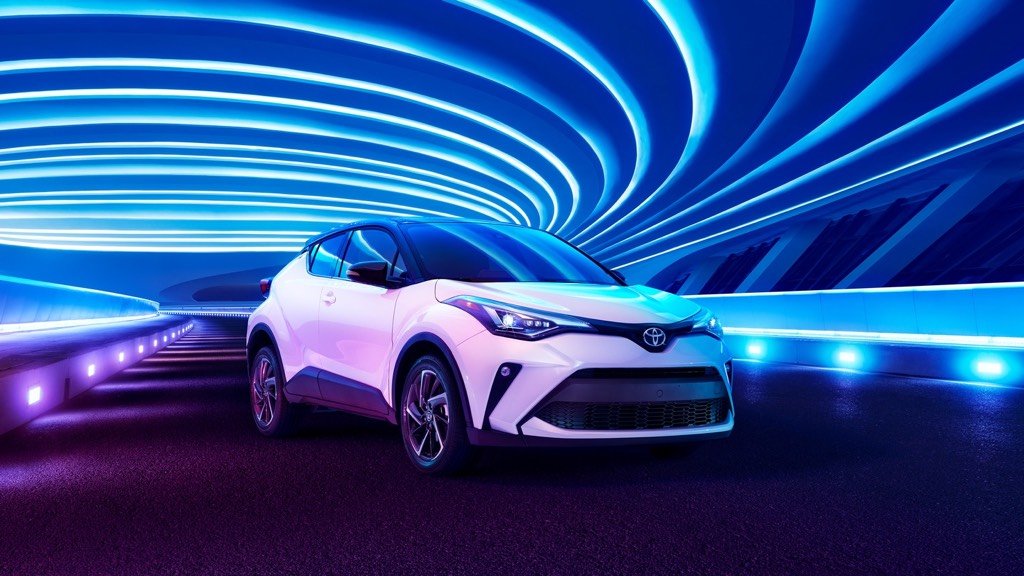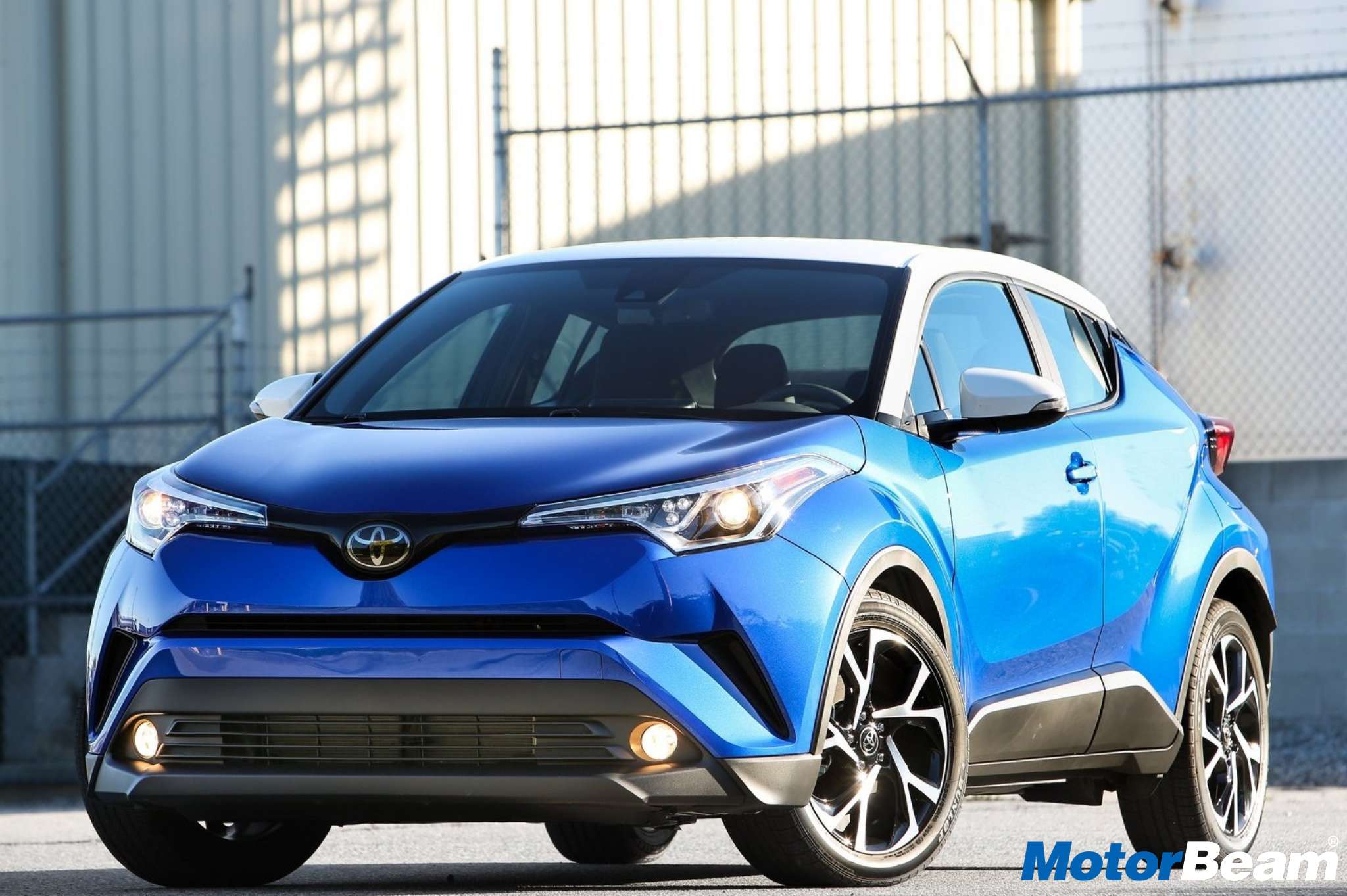[flickr size=”center” float=”medium”]http://www.flickr.com/photos/motorbeam/46098641011/[/flickr]
The C-HR revs, revs and just revs but doesn’t move ahead
Performance – The Toyota C-HR we test drove was the petrol variant, powered by a 2.0-litre, 4-cylinder Valve Matic engine that produces 144 HP of power and 189 Nm of torque. The engine specifications look promising but performance actually isn’t. While there is an adequate punch in the low and mid-range, the motor just revs and revs at the top end and feels very lethargic to move ahead. A 6-step CVT transmission takes care of the transmission duties and honestly speaking, this gearbox bogs down the overall drive experience. There is the typical rubber band effect that we have come to associate with CVT gearboxes but the manual mode does pep up the drive experience but by a small margin only.
[flickr size=”center” float=”medium”]http://www.flickr.com/photos/motorbeam/32227237588/[/flickr]
The 2.0-litre petrol motor and the CVT gearbox combination in the C-HR don’t feel enthusiastic
The Toyota C-HR is built on the same platform as the Toyota Prius
There are three driving modes on offer – ECO, Sport and Normal. The ECO mode trades off performance for the sake of enhanced mileage and vice versa with the Sport mode. However, even in the Sport mode, the powerplant does not feel all that sprightly. The automaker claims a mileage of 11 and 13 km/l for city and highway driving respectively. Overall, the Toyota C-HR may make you go weak in your knees courtesy its looks but the drive experience is not something that would put a smile on a millennial’s face.
[flickr size=”center” float=”medium”]http://www.flickr.com/photos/motorbeam/45186802365/[/flickr]
The Toyota C-HR fails to deliver in the handling department
Driving Dynamics – The C-HR is a front-wheel drive car. The ride quality is comfortable as the suspension is set up slightly on the softer side but handling isn’t all that great. High-speed stability is great all thanks to the crossover’s 1500 kgs kerb weight but the steering offers no feel and feedback and feels absolutely disconnected. The brakes have a spongy feeling to them and that could get unnerving at times but the grip from the 225-section tyres is great.



